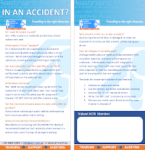Can I install a seat that’s been involved in an accident?
Important: When responding to insurance issues an understanding of best practice guidelines is vital. ACRI have a prepared public facing information pamphlet that you can stamp/sticker your branding onto that we would recommend reading first. It is straight to the point and filled with important information. After reading this, then below we’ll get to answering this question clearly.
Assessing The Condition Of A Child Safety Seat
Australian Standards (AS/NZS 1754) advises users to “Destroy the entire restraint if it has been in use in a severe crash, even if no damage is obvious”
Many organisations, both large and small, maintain a simple policy that they will not install any child safety seats that have been involved in any impact – and while this is certainly an acceptable practice it does leave some members of the public disillusioned. It is not illegal to install a safety seat that has been in an impact, but it certainly is not best practice to install one that’s been in a “severe” or “moderate” impact. If the seat shows signs of any visible impact then obviously the seat should be disposed of appropriately, but unseen damage is also a real risk – many seats can be damaged without the user knowing or having any visible indicators so it’s always best to err on the side of caution and not complete an installation.
What if my client’s seat has been involved in a Low to Moderate impact?
Obviously common sense needs to apply here and the vehicle that’s been clipped by a shopping trolley in the carpark doesn’t require disposal – however, particularly if the child was sitting in the seat during even a low speed impact, it is difficult to know (even without any visible indicators) whether a child seat has been damaged. Within sensible reasoning it would be best practice to advise your client to use a different child seat if possible.
If I do choose to install a client’s seat that has been involved in something other less than a “severe” or “moderate” accident, what should I do?
After you follow the instructions in this link, under the “Brief overview of your responsibility” section and you conclude that it’s best to proceed with the installation for this particular circumstance then best practice is to;
- Provide the client with the “In an Accident?” flyer (Which you probably have already done by this stage)
- Ensure you document the installation in accordance with your standard procedures, including images
- In the “Notes” section on the logging document that your client signs, get them to initial a disclaimer explaining that they understand it is their responsibility to use this seat and you are only providing a fitting service at their request. See below for an example:
“Client has advised this unit has been involved in a ‘minor’ collision and they, and/or their insurer, has instructed that it is still safe to continue use.”


